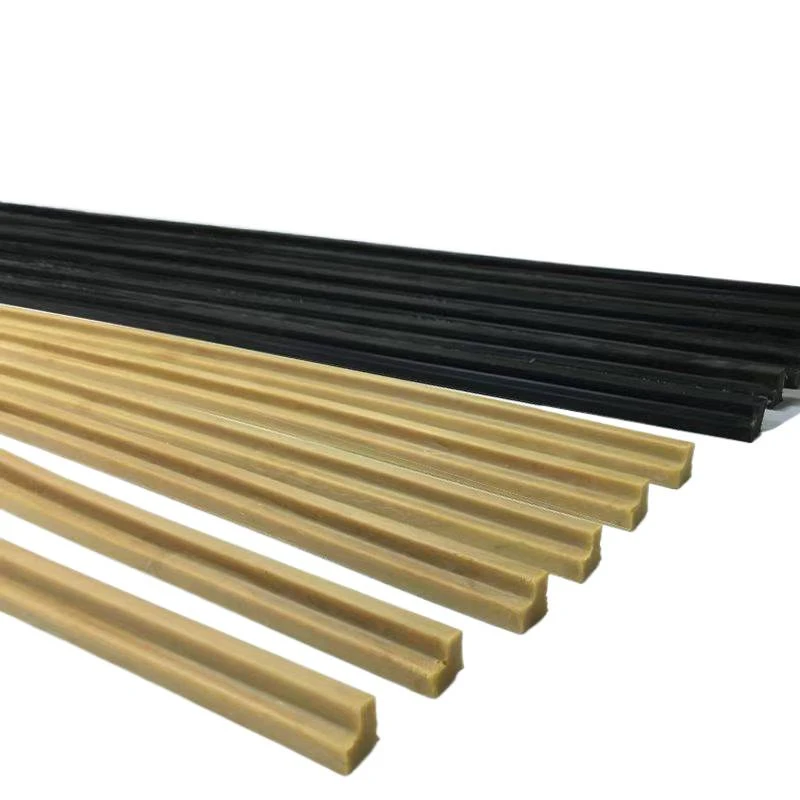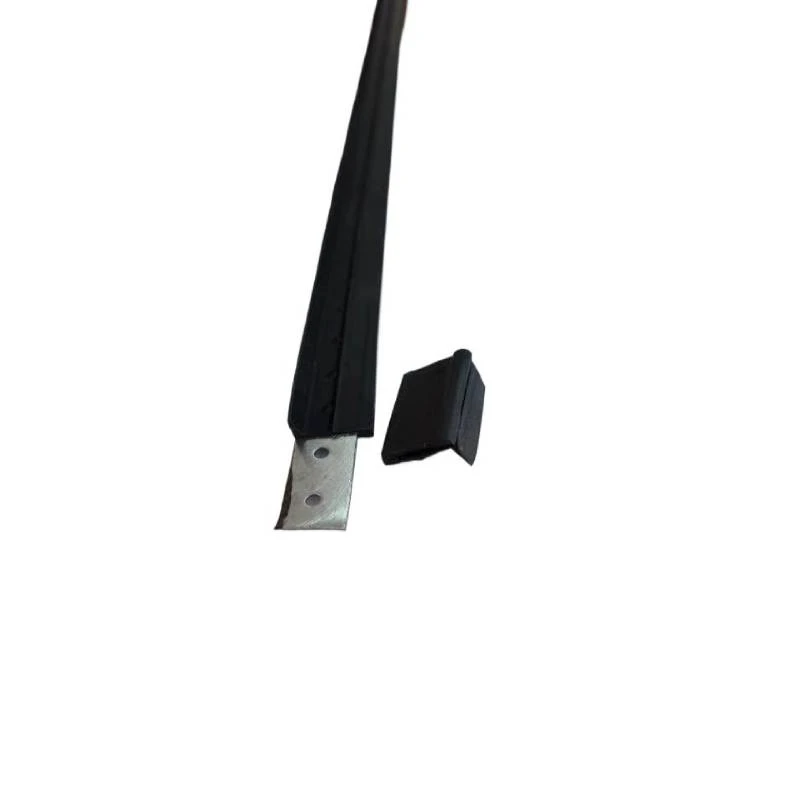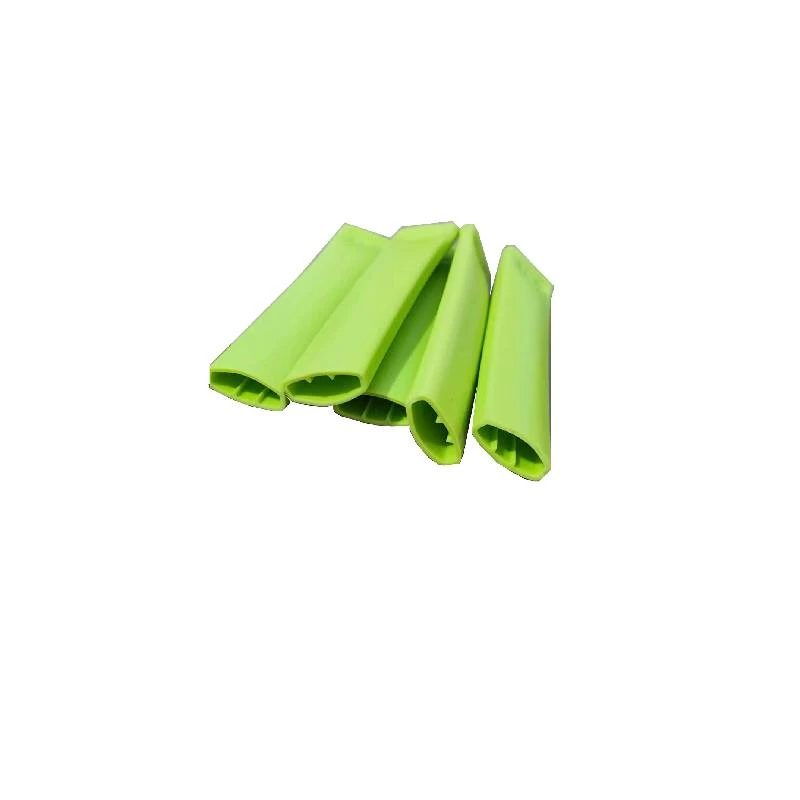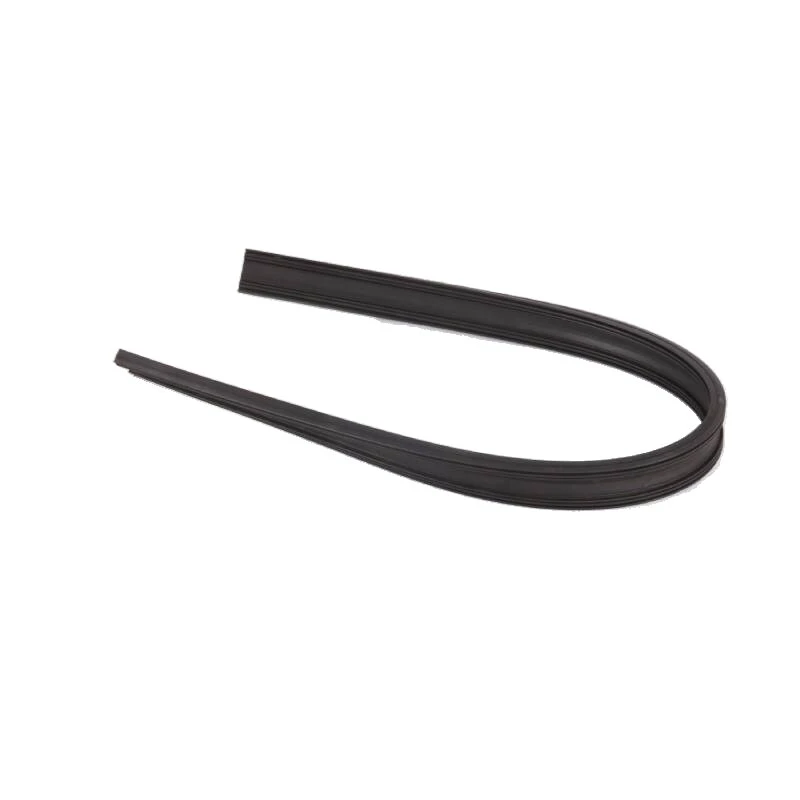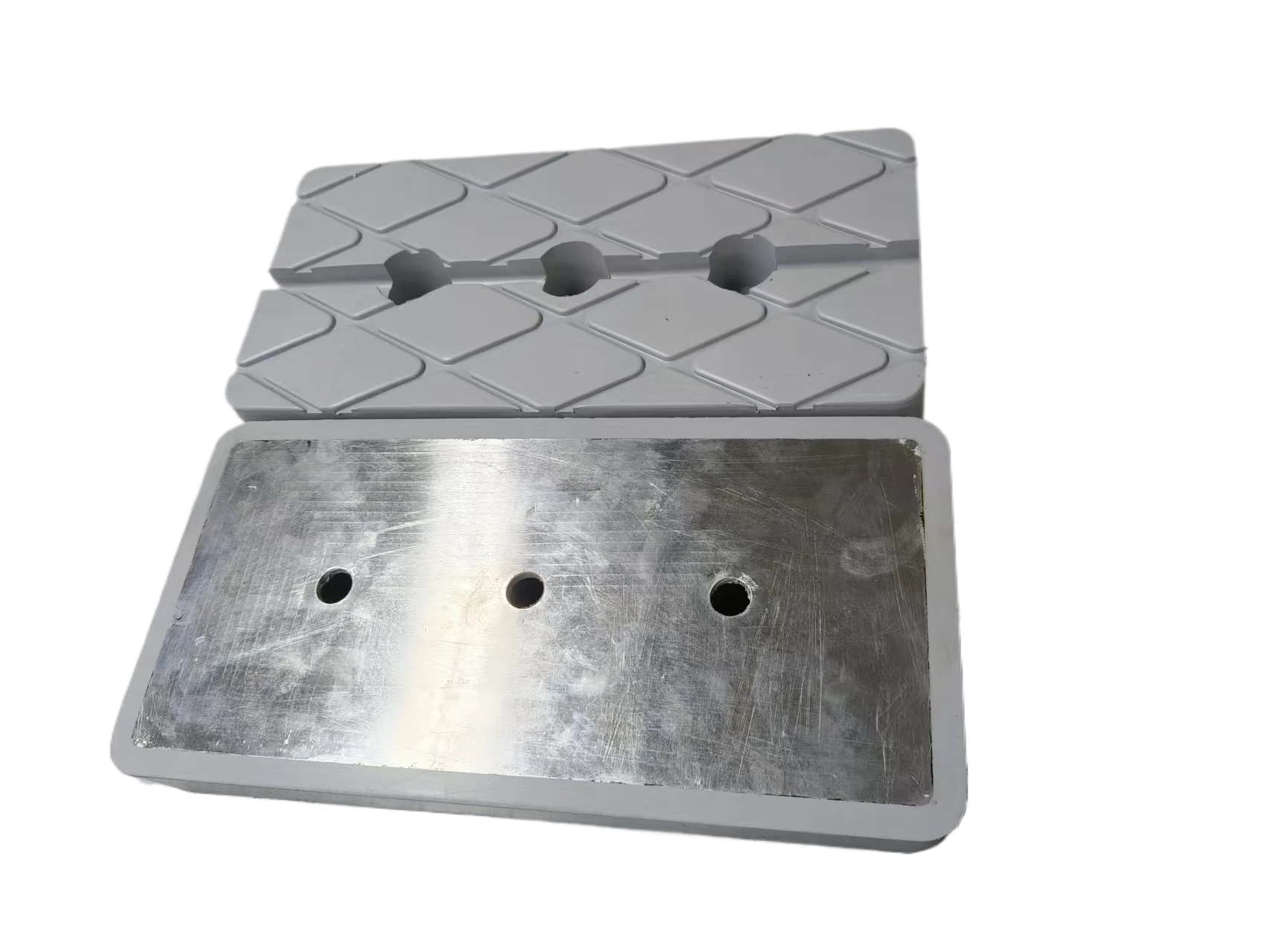
- Afrikaans
- Albanian
- Amharic
- Arabic
- Armenian
- Azerbaijani
- Basque
- Belarusian
- Bengali
- Bosnian
- Bulgarian
- Catalan
- Cebuano
- chinese_simplified
- chinese_traditional
- Corsican
- Croatian
- Czech
- Danish
- Dutch
- English
- Esperanto
- Estonian
- Finnish
- French
- Frisian
- Galician
- Georgian
- German
- Greek
- Gujarati
- haitian_creole
- hausa
- hawaiian
- Hebrew
- Hindi
- Miao
- Hungarian
- Icelandic
- igbo
- Indonesian
- irish
- Italian
- Japanese
- Javanese
- Kannada
- kazakh
- Khmer
- Rwandese
- Korean
- Kurdish
- Kyrgyz
- Lao
- Latin
- Latvian
- Lithuanian
- Luxembourgish
- Macedonian
- Malgashi
- Malay
- Malayalam
- Maltese
- Maori
- Marathi
- Mongolian
- Myanmar
- Nepali
- Norwegian
- Norwegian
- Occitan
- Pashto
- Persian
- Polish
- Portuguese
- Punjabi
- Romanian
- Russian
- Samoan
- scottish-gaelic
- Serbian
- Sesotho
- Shona
- Sindhi
- Sinhala
- Slovak
- Slovenian
- Somali
- Spanish
- Sundanese
- Swahili
- Swedish
- Tagalog
- Tajik
- Tamil
- Tatar
- Telugu
- Thai
- Turkish
- Turkmen
- Ukrainian
- Urdu
- Uighur
- Uzbek
- Vietnamese
- Welsh
- Bantu
- Yiddish
- Yoruba
- Zulu
Premium Rubber Gas Hose | Durable Industrial Hoses & Fittings
The Critical Role of Rubber Gas Hoses in Industrial Applications
In the vast landscape of industrial operations, the reliable transfer of gases is paramount for safety, efficiency, and environmental compliance. Central to this critical function is the rubber gas hose, an engineered component designed to withstand demanding conditions across a multitude of sectors. From the intricate network of a petrochemical plant to the precise delivery systems in laboratories, these hoses provide the flexible conduit necessary for conveying compressed air, natural gas, LPG, and various other industrial gases.
This comprehensive guide delves into the technical intricacies, application diversity, manufacturing excellence, and strategic advantages offered by high-performance rubber gas hoses. We aim to equip B2B decision-makers and engineering professionals with the knowledge required to select optimal solutions, ensuring operational integrity and long-term cost-effectiveness.
Current Industry Trends and Market Dynamics
The industrial hose market, particularly for specialized applications like gas transfer, is experiencing dynamic shifts driven by technological advancements and evolving regulatory frameworks. Key trends include:
- Advanced Material Science: Development of new synthetic elastomers (e.g., specific grades of EPDM, NBR, FKM) offering superior resistance to extreme temperatures, aggressive chemicals, and ozone degradation. Multi-layer composite structures are becoming standard to enhance durability and safety.
- Increased Performance Demands: Growing need for hoses capable of handling higher pressures and wider temperature fluctuations, especially in sectors like oil and gas, where extraction and processing occur under severe conditions.
- Focus on Safety and Compliance: Stricter international standards (e.g., ISO, EN, ASTM) mandate enhanced safety features, improved traceability, and more rigorous testing protocols for all gas transfer equipment, including specialized hoses. This drives innovation in design and manufacturing.
- Customization and Specialization: The market demands increasingly tailored solutions. Customers seek specific bore sizes, lengths, coupling types, and material compositions to suit unique application environments. The expertise of a proficient rubber parts manufacturer is crucial in meeting these bespoke requirements.
- Integration of Smart Technologies: Emerging trends include the incorporation of sensors for real-time monitoring of pressure, temperature, and leak detection, moving towards "smart hoses" that enhance predictive maintenance capabilities and operational safety.
These trends underscore the importance of partnering with manufacturers who are at the forefront of material innovation and adhere to stringent quality control, ensuring that every rubber gas hose delivers optimal performance and reliability.

Detailed Manufacturing Process of Rubber Gas Hoses
The production of a high-quality rubber gas hose is a meticulous process involving advanced engineering and stringent quality control at every stage. This ensures the final product meets the demanding performance and safety specifications required for industrial gas transfer.
Process Flow:
- Material Compounding:
Raw rubber polymers (e.g., NBR for oil/gas resistance, EPDM for ozone/weather resistance, SBR for general purpose) are carefully selected and blended with specific additives. These include vulcanizing agents, accelerators, antioxidants, reinforcing fillers (carbon black, silica), plasticizers, and pigments. This precise formulation determines the hose's chemical resistance, temperature range, flexibility, and longevity. The process often involves intensive mixing in internal mixers or roll mills to achieve a homogenous compound.
- Inner Tube Extrusion:
The compounded rubber is fed into an extruder, where it is heated and forced through a die to form the seamless inner tube. This inner layer is critical for containing the gas and resisting chemical degradation from the conveyed medium. Precision extrusion ensures uniform wall thickness and a smooth inner surface, minimizing friction and potential for material build-up.
- Reinforcement Application:
To provide the necessary pressure resistance and structural integrity, one or more layers of reinforcement are applied over the inner tube. Common reinforcement materials include high-tensile textile braids (polyester, rayon), spiral-wound synthetic fibers, or steel wire spirals/braids for high-pressure or `large rubber hose` applications. Braiding machines interlace the fibers or wires at specific angles to optimize strength and flexibility. For multi-ply hoses, intermediate rubber layers are often applied between reinforcement plies to ensure adhesion and prevent delamination.
- Outer Cover Extrusion:
An outer cover, typically made from a different rubber compound (e.g., EPDM for weather and abrasion resistance), is extruded over the reinforced core. This protective layer shields the reinforcement from external damage, UV radiation, ozone, and environmental factors, significantly extending the hose's service life.
- Vulcanization (Curing):
The assembled hose is then subjected to vulcanization, a process where it is heated under pressure (e.g., in an autoclave or continuous vulcanizer). This chemical reaction transforms the raw rubber into a stable, elastic material with enhanced physical properties, including tensile strength, resilience, and resistance to heat and chemicals. The temperature and duration of vulcanization are precisely controlled.
- Finishing and Coupling Attachment:
After curing, the hose is cut to specified lengths, and appropriate `rubber hose coupling` components are securely attached. These `black industrial pipe fittings` are crucial for leak-free connections and are often crimped or clamped onto the hose ends using specialized equipment, adhering to standards like SAE J517 or EN 853.
- Quality Control and Testing:
Each batch, and often individual hoses, undergoes rigorous testing. This includes hydrostatic pressure testing (to burst pressure, typically 4x working pressure), impulse testing for fatigue resistance, flexibility tests, ozone resistance tests (e.g., ASTM D1149), chemical resistance tests, and visual inspections. Adherence to standards such as ISO 1402, ASTM D380, and EN 853/854/856 ensures product integrity and safety.
The service life of a rubber gas hose is significantly influenced by operating conditions (temperature, pressure, chemical exposure), proper installation, and maintenance. High-quality manufacturing processes ensure durability, corrosion resistance, and often lead to energy savings by preventing leaks and maintaining system efficiency. Target industries include petrochemical, metallurgy, water supply & drainage, mining, and general industrial manufacturing.
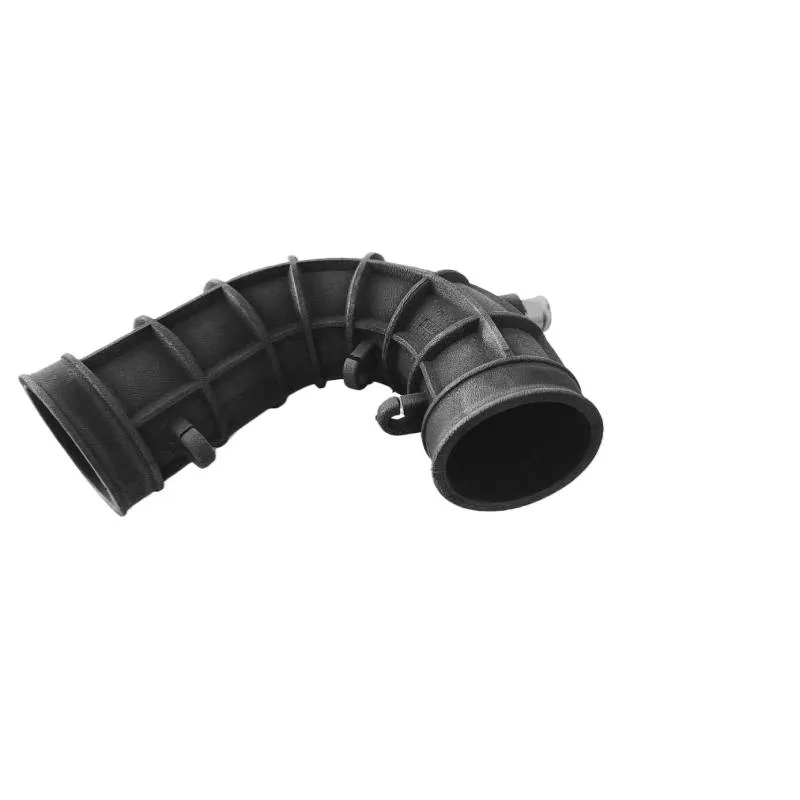
Technical Specifications and Parameters
Understanding the technical specifications of a rubber gas hose is fundamental for proper selection and safe operation. Key parameters directly impact performance, compatibility, and longevity.
Typical Rubber Gas Hose Specifications:
| Parameter | Description/Range | Key Performance Indicator |
|---|---|---|
| Inner Diameter (ID) | 6mm to 200mm (1/4 inch to 8 inch), larger custom sizes available for `large rubber hose`. | Flow rate capacity; pressure drop. |
| Working Pressure (WP) | 10 bar (150 psi) to 100 bar (1500 psi), depending on reinforcement. | Safe operational pressure; system integrity. |
| Burst Pressure (BP) | Typically 3x to 4x Working Pressure (e.g., 30-400 bar). | Safety factor; ultimate failure point. |
| Temperature Range | -40°C to +150°C (e.g., NBR: -25°C to +100°C; EPDM: -40°C to +120°C; Silicone: -60°C to +200°C). | Material degradation; flexibility at extremes. |
| Minimum Bend Radius | Varies by ID and construction; e.g., 6x ID for flexible hoses. | Installation flexibility; kinking resistance. |
| Inner Tube Material | NBR (Nitrile), EPDM, SBR, CR (Neoprene), Silicone, FKM (Viton). | Chemical compatibility; permeation resistance. |
| Reinforcement | High-tensile synthetic textile braid/spiral, steel wire braid/spiral. | Pressure rating; structural integrity; flexibility. |
| Outer Cover Material | EPDM, SBR/NBR blend, CR (Neoprene) - often weather and abrasion resistant. | Environmental protection; abrasion, ozone, UV resistance. |
Beyond these fundamental parameters, specific applications may require hoses with enhanced abrasion resistance, electrical conductivity (to dissipate static), flame retardancy, or chemical resistance to a specific range of aggressive media. Manufacturers often provide detailed chemical compatibility charts to assist with material selection, ensuring the integrity of the inner tube and the safety of the entire system.
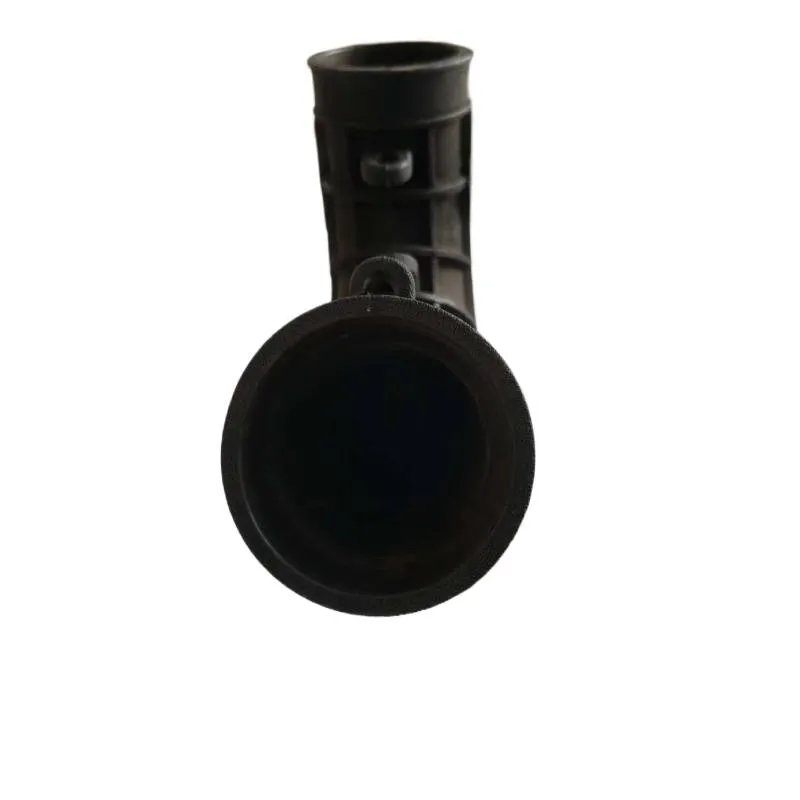
Diverse Application Scenarios
The versatility of the rubber gas hose makes it indispensable across a broad spectrum of industries and applications. Its ability to absorb vibration, resist corrosion, and provide flexibility in dynamic environments sets it apart from rigid piping systems.
- Petrochemical and Oil & Gas: For the safe transfer of natural gas, propane (LPG), refinery gases, and various chemical process gases. Hoses in this sector demand exceptional chemical resistance, high-pressure ratings, and robust construction to prevent leaks and ensure operational safety in hazardous environments.
- Manufacturing and Industrial Processing: Widely used in pneumatic systems for powering tools, operating machinery, and conveying compressed air. Applications range from robotic automation lines to foundry operations. Specialized `air shaft rubber hose` variations are critical in paper, film, and foil industries for core gripping applications.
- Automotive and Transportation: Essential for vehicle systems, including `intake rubber hose` for air induction, fuel vapor lines, vacuum lines, and connections for alternative fuel systems (CNG, LPG). These hoses must withstand engine vibrations, temperature extremes, and fuel-related chemical exposure.
- Mining and Construction: Heavy-duty `large rubber hose` types are deployed for conveying compressed air to power pneumatic drills, ventilation systems, and for water transfer in demanding and abrasive conditions. Paired with robust `rubber hose coupling` and `black industrial pipe fittings` for secure, durable connections.
- Welding and Cutting: Specific hoses designed for acetylene, oxygen, propane, and inert gases are critical for arc welding, plasma cutting, and other fabrication processes, requiring precise flow and flame-resistant properties.
- Medical and Laboratory: High-purity rubber hoses are used in gas manifold systems, supplying medical gases (oxygen, nitrous oxide) and inert gases (nitrogen, argon) to sensitive equipment. Sterilization compatibility and non-leaching properties are paramount.
- HVAC and Refrigeration: Flexible connections for refrigerants, air, and vapor lines in heating, ventilation, and air conditioning systems, providing vibration isolation and accommodating thermal expansion.
The breadth of these applications highlights the importance of precise material selection and manufacturing quality. The performance and safety of entire industrial systems often hinge on the integrity of these flexible conduits.
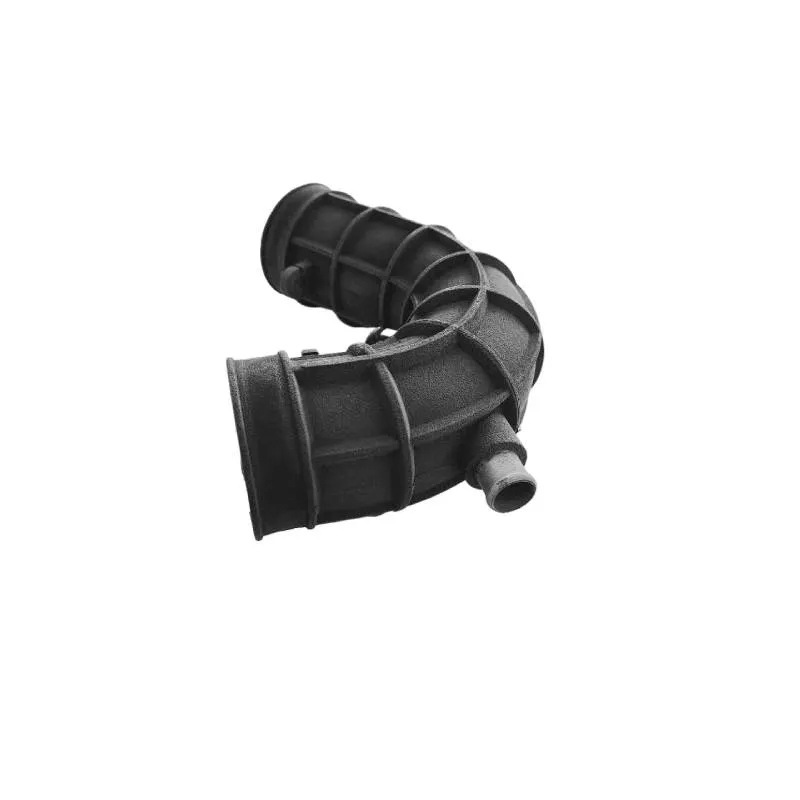
Technical Advantages and Performance Benefits
The inherent properties of rubber, combined with advanced engineering, endow the rubber gas hose with several distinct advantages over rigid piping solutions, making it the preferred choice for many industrial applications.
- Exceptional Flexibility and Ease of Installation: Unlike rigid pipes, rubber hoses can navigate complex layouts, absorb misalignment, and allow for quick installation and reconfiguration, reducing labor costs and downtime.
- Superior Vibration and Noise Dampening: Rubber inherently absorbs vibrations and pulsations generated by pumps, compressors, and engines, reducing stress on connected equipment and lowering operational noise levels, which is crucial for prolonging system life and improving worker comfort.
- Chemical Resistance: By selecting appropriate elastomer compounds (e.g., NBR for hydrocarbons, EPDM for ozone and weather, FKM for aggressive acids), hoses can be engineered to resist a wide array of chemicals, preventing degradation and ensuring media purity.
- Corrosion and Abrasion Resistance: The robust outer cover protects against external wear, tear, and corrosive atmospheric conditions, significantly extending the hose's operational lifespan, particularly in harsh industrial environments or when handling abrasive media.
- Electrical Insulation Properties: Many rubber compounds are excellent electrical insulators, preventing static electricity buildup and safeguarding against electrical hazards, a critical feature in potentially explosive atmospheres.
- Accommodates Movement: In applications involving dynamic equipment or thermal expansion/contraction, flexible hoses are essential to prevent stress fractures and leaks that rigid systems would experience.
- Cost-Effectiveness: While initial costs might be comparable, the long-term benefits of reduced maintenance, fewer leaks, and extended equipment life often make rubber hoses a more economical choice over their lifespan.
These technical advantages translate directly into enhanced operational efficiency, improved safety records, and reduced total cost of ownership for industrial facilities relying on consistent and secure gas transfer.
Vendor Comparison and Customization Solutions
Choosing the right supplier for industrial hoses is as crucial as selecting the hose itself. A proficient rubber parts manufacturer distinguishes itself through a combination of product quality, technical support, and the ability to provide tailored solutions. When comparing vendors for a rubber gas hose, consider the following:
Key Differentiators in Vendor Selection:
| Feature | Tier 1 Manufacturer (Optimal) | Standard Manufacturer (Basic) |
|---|---|---|
| Material Quality & Sourcing | Uses virgin, high-grade polymers from certified suppliers; traceable raw materials. | Standard industrial-grade materials; less transparency in sourcing. |
| Certifications & Standards | ISO 9001, ASTM, EN, SAE compliance; specific industry certifications (e.g., ATEX, DNV GL for marine). | Basic quality control; fewer external certifications. |
| R&D and Innovation | Dedicated R&D, advanced material testing labs, proactive in new product development. | Limited R&D; focuses on existing product lines. |
| Customization Capabilities | Offers bespoke bore sizes, lengths, unique elastomer blends, custom `rubber hose coupling` and `black industrial pipe fittings` configurations, private labeling. | Limited to standard configurations; minor adjustments only. |
| Technical Support & After-Sales | Expert engineering support, application consultation, comprehensive warranty, global service network. | Basic product inquiries; limited post-sales assistance. |
Tailored Solutions for Unique Demands:
True value often lies in the ability to provide customized solutions. This includes:
- Specific Material Blends: Developing unique rubber compounds to resist highly corrosive chemicals, extreme temperatures, or specialized fuels beyond standard formulations.
- Non-Standard Dimensions: Manufacturing hoses with unconventional inner/outer diameters or lengths to fit existing infrastructure or new, innovative designs. This is particularly relevant for `large rubber hose` projects where off-the-shelf sizes are inadequate.
- Integrated Couplings and Assemblies: Pre-attaching specialized `rubber hose coupling` types or `black industrial pipe fittings` (e.g., camlock, flange, quick-disconnect) directly during manufacturing, ensuring optimal fit and leak prevention, and delivering ready-to-install assemblies.
- Color Coding and Branding: Custom exterior colors for easy identification of media type or pressure rating, as well as private branding for distributors or large-scale projects.
- Enhanced Safety Features: Integrating features like burst indicators, conductive elements for static dissipation, or fire-sleeves for added protection in critical applications.
Collaborating with a manufacturer that champions customization ensures that the rubber gas hose solution is perfectly aligned with the operational requirements, optimizing performance and safety while minimizing risks associated with generic products.
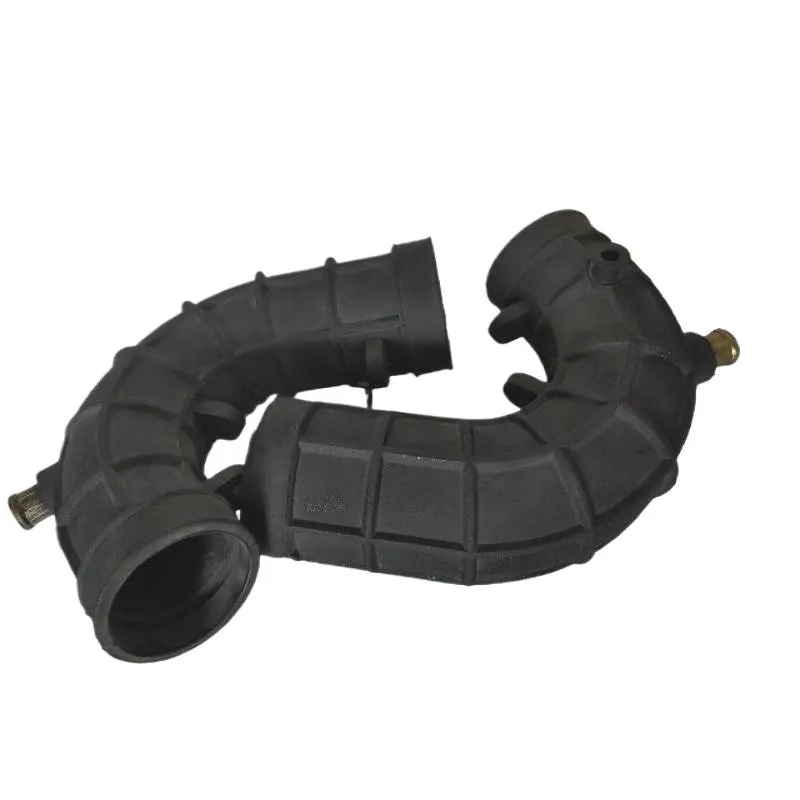
Application Case Studies
Real-world applications demonstrate the tangible benefits of high-quality industrial hoses. These case studies highlight how tailored rubber gas hose solutions address specific operational challenges, enhancing safety, efficiency, and longevity.
Case Study 1: Enhanced Safety in Petrochemical Transfer
Client: Major petrochemical refinery in the Gulf Coast region.
Challenge: The refinery faced recurring issues with standard hoses failing prematurely when transferring highly volatile LPG (liquefied petroleum gas) and natural gas. These failures led to costly downtime, safety concerns due to potential leaks, and environmental compliance risks. The existing hoses exhibited poor chemical resistance and insufficient pressure ratings for dynamic transfer operations.
Solution: Our engineers collaborated with the refinery's safety and operations teams to design a custom rubber gas hose solution. This involved an NBR (nitrile butadiene rubber) inner tube for superior hydrocarbon resistance, reinforced with multiple layers of high-tensile steel wire for enhanced pressure capability (rated to 50 bar working pressure). The outer cover was formulated with a blend of EPDM and CR (chloroprene rubber) to provide exceptional resistance to ozone, UV, and abrasion in the harsh outdoor refinery environment. Each hose assembly was fitted with specialized `black industrial pipe fittings` featuring interlocking safety clamps, pressure-tested to ISO 1402 standards, and certified to meet relevant ATEX directives for explosive atmospheres.
Results: The custom hoses demonstrated a service life increase of over 200% compared to previous solutions, drastically reducing unscheduled maintenance and associated costs. Leakage incidents were eliminated, significantly improving worker safety and environmental protection. The client reported a measurable increase in operational uptime and a positive impact on their safety audit scores.
Case Study 2: Optimizing Pneumatic Systems in a Heavy Manufacturing Plant
Client: Large automotive components manufacturing facility in the Midwest.
Challenge: The plant's automated assembly lines relied heavily on compressed air for robotic grippers, pneumatic tools, and clamping mechanisms. Existing `air shaft rubber hose` and general-purpose air lines suffered from frequent kinking, abrasion from constant movement, and premature fatigue failures, leading to inconsistent air pressure and production stoppages. The requirement for a durable yet flexible solution for dynamic applications was critical.
Solution: We provided a range of specialized compressed `air shaft rubber hose` designed for dynamic flexing and high abrasion. These hoses featured a robust SBR inner tube for excellent air flow, reinforced with multiple textile braids for exceptional flexibility and burst strength. The outer cover was a thick, highly abrasion-resistant SBR/EPDM blend. For the critical `intake rubber hose` applications, we supplied hoses with improved bend radii and anti-kink properties. All hoses were pre-assembled with durable `rubber hose coupling` and tested to ASTM D380 standards, ensuring consistent performance under cyclic stress.
Results: The new hoses dramatically reduced hose-related failures and maintenance interventions by over 70%. The improved flexibility and abrasion resistance directly contributed to consistent air pressure delivery, enhancing the precision and speed of robotic operations. The client noted a significant improvement in overall equipment effectiveness (OEE) and a reduction in pneumatic system energy losses due to fewer leaks and pressure drops.

Frequently Asked Questions (FAQ)
-
Q: How do I select the correct rubber gas hose for my application?
A: Selection depends on critical factors: the type of gas being transferred, operating pressure, temperature range, required flow rate (dictates ID), environmental conditions (UV, ozone, abrasion), and chemical compatibility. Consulting with a qualified rubber parts manufacturer for a detailed analysis is highly recommended.
-
Q: What is the typical service life of a rubber gas hose?
A: Service life varies significantly based on application severity, material quality, maintenance, and adherence to operating limits. While some hoses may last 5-10 years in mild conditions, others in highly dynamic or aggressive environments might require replacement within 1-3 years. Regular inspection is key to preventative maintenance.
-
Q: Are your hoses compliant with international standards?
A: Yes, our hoses are designed and manufactured to meet or exceed relevant international standards such as ISO 1402, ASTM D380, EN 853/854/856, and SAE J517. Specific product certifications are available upon request to ensure compliance for your particular industry and region.
-
Q: Can I get customized rubber gas hoses?
A: Absolutely. We specialize in customized solutions, including bespoke dimensions, specific material blends for unique chemical compatibility, integrated `rubber hose coupling` and `black industrial pipe fittings` assemblies, and specific branding or color-coding requirements. Our engineering team works closely with clients to develop optimal solutions.
-
Q: What maintenance is required for rubber gas hoses?
A: Regular visual inspections for signs of wear, cuts, bulges, or kinking are essential. Check for leaks at connection points. Ensure hoses are not subjected to extreme bending beyond their minimum bend radius. Replace hoses at the first sign of damage or fatigue. Store hoses correctly to prevent degradation from UV light or ozone.
Lead Time, Warranty, and Customer Support
Lead Time & Fulfillment:
Our manufacturing processes are optimized for efficiency without compromising quality. Standard `rubber gas hose` products typically have a lead time of 2-4 weeks. For custom or `large rubber hose` orders, lead times can range from 4-8 weeks, depending on material availability and complexity. We offer expedited manufacturing and shipping options for urgent requirements. Our global logistics network ensures reliable and timely delivery to your operational sites worldwide.
Warranty Commitments:
We stand by the quality and durability of our products. All `rubber gas hose` products come with a standard 12-month warranty against manufacturing defects from the date of purchase. Extended warranty options are available for specific high-value or critical applications. Our warranty terms cover material flaws and workmanship, ensuring your investment is protected and your operations remain uninterrupted.
Dedicated Customer Support:
Our commitment extends beyond product delivery. We provide comprehensive technical assistance, including:
- Application Engineering: Expert guidance on hose selection, material compatibility, and system design to ensure optimal performance.
- Installation Guides: Detailed instructions and best practices for proper installation of all `rubber gas hose` and `rubber hose coupling` assemblies.
- Troubleshooting Assistance: Rapid response and diagnostic support to address any operational issues, minimizing downtime.
- After-Sales Service: Ongoing support for product inquiries, spare parts, and re-ordering, ensuring a seamless experience throughout the product lifecycle.
Our goal is to be a trusted partner, providing not just products, but complete, reliable solutions backed by unparalleled support.
References
- International Organization for Standardization. ISO 1402: Rubber and plastics hoses for compressed air. Published periodically.
- American Society for Testing and Materials. ASTM D380: Standard Test Methods for Rubber Hoses. Published periodically.
- European Committee for Standardization. EN 853: Rubber hoses and hose assemblies - Wire braid reinforced hydraulic type - Specification. Published periodically.
- Society of Automotive Engineers. SAE J517: Hydraulic Hose. Published periodically.
- Modern Rubber Technology: Materials, Processing, and Application. Hans-Georg Elias, et al. Wiley-VCH, 2012.
-
Plastic Pelton Wheel – Lightweight, Cost-Effective Hydropower SolutionsNewsNov.24,2025
-
Durable and Cost-Effective Plastic Sheave Wheels for Modern IndustryNewsNov.24,2025
-
Plastic Spoke Wheel – Lightweight, Durable Wheels for Global Mobility SolutionsNewsNov.24,2025
-
Plastic Stem Casters: Durable, Cost-Effective Mobility Solutions for Every IndustryNewsNov.24,2025
-
Plastic Wheel Roller: Durable, Lightweight Solutions for Modern IndustryNewsNov.24,2025
-
Plastic Wheelchair Wheels: Durable, Affordable Mobility Solutions WorldwideNewsNov.24,2025
-
Small Plastic Casters – Durable, Lightweight Wheels for Global MobilityNewsNov.24,2025



